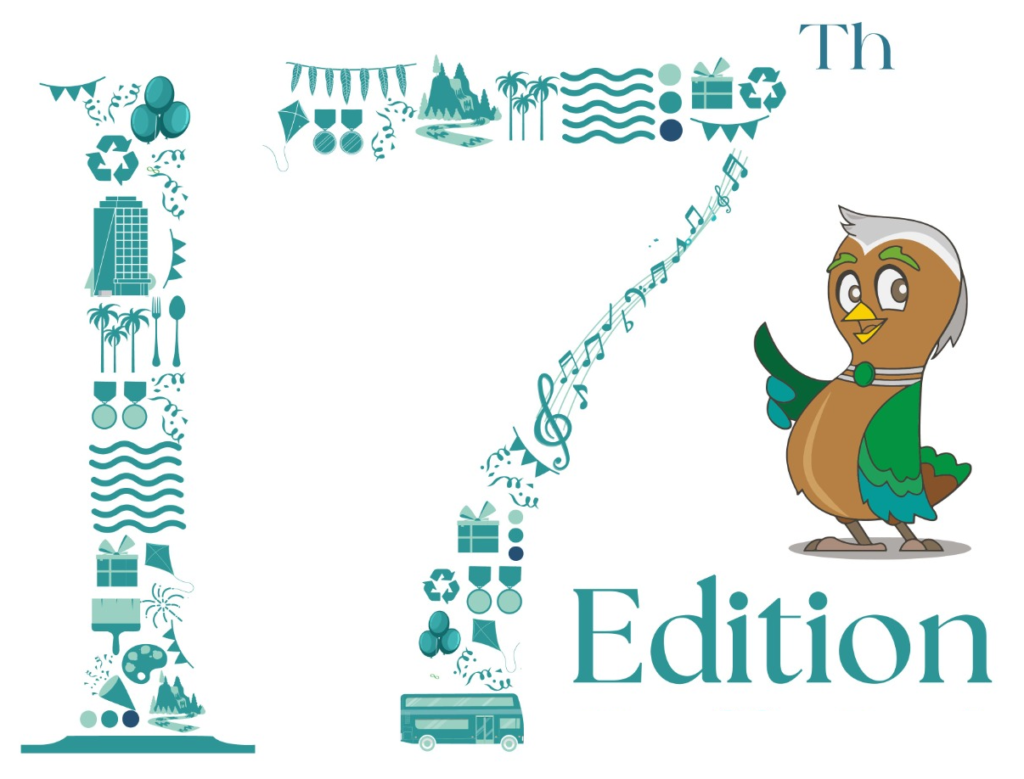Animations can significantly enhance user experience by adding dynamic effects to applications. In React Native, the use of animations provides a way to create engaging interfaces that capture user attention. One such exciting feature is the text bouncing animation, which can bring a playful aspect to your app.
React Native Animatable is a powerful library that simplifies the process of creating these animations. By integrating it into your project, you can quickly implement various effects, including the delightful text bounce. This tutorial will guide you through the steps to achieve this eye-catching animation, making your React Native application truly stand out.
As we explore the implementation, you’ll discover how to combine creativity with code and create impressive animations in React Native. Get ready to add an element of surprise to your text elements and keep your users engaged!
Setting Up Your React Native Project with Animatable
To implement animations in React Native, particularly with the help of the react-native-animatable library, a proper project setup is crucial. First, ensure that you have Node.js installed on your machine, as this will allow you to use npm packages efficiently.
Begin by creating a new React Native project. You can do this using the React Native CLI or Expo. For example, with the React Native CLI, you can run:
npx react-native init MyAnimatableAppOnce your project is created, navigate into the project directory:
cd MyAnimatableAppNext, install react-native-animatable by executing the following command:
npm install react-native-animatableThis npm package provides a variety of predefined animations, making it easy to incorporate dynamic effects into your UI design. After the installation is complete, you can start utilizing the different animation features offered by the library.
With the basic setup in place, you are now equipped to begin experimenting with animations in your project. Be sure to explore the library’s documentation for additional examples and guidance on how to create stunning visual effects:
Creating the Bouncing Text Component
The Bouncing Text Component in React Native can be built to create dynamic effects that enhance the user interface of your application. By utilizing the ‘react-native-animatable’ npm package, you can easily implement bouncing animations to text elements.
Begin by constructing a simple functional component that utilizes the animated API. Import the necessary components from both React Native and the ‘react-native-animatable’ library. This sets the stage for creating a reusable component capable of applying bouncing effects to text.
Define the text to display and wrap it with the Animatable Text component. The library provides various animation options, including bounce. By specifying the animation in the component’s props, you can customize the duration and iteration, allowing for a wide range of dynamic effects that can adapt to your specific ui design needs.
Integrate props to allow for customization of text content and styling, ensuring the component is versatile. This would enable developers to pass different text strings and style properties, enhancing the flexibility of your Bouncing Text Component.
Finally, you can test the component by rendering it within your main application screen. Adjust the parameters as necessary to achieve the desired bounce effect and ensure a smooth user experience. This approach not only contributes to the visual appeal but also improves the responsiveness of your application.
Customizing Animation Properties for Optimal Results
When working with animations in React Native, customizing properties can significantly enhance the user interface design of your mobile application. The React Native Animatable library offers a variety of options to tweak the animations, allowing you to create dynamic effects that capture user attention.
One important property to consider is the duration of the animation. Adjusting the duration impacts how quickly the animation unfolds. Shorter durations may convey urgency, while longer ones can suggest playfulness or calmness. Tailor the duration to fit the context of your application and the emotional response you wish to evoke from users.
Another property is easing, which defines the rate of change of the animation. Different easing options, like linear, ease-in, or ease-out, can drastically alter the feel of the animation. Experimenting with these settings can help refine the animation to suit the style of your app better.
The iteration count determines how many times the animation will repeat. For instance, a bouncing effect used to attract attention might benefit from multiple iterations, while a one-time fade-in might suffice for simple transitions. Balancing the iteration count ensures that your animations contribute to, rather than distract from, user experience.
Lastly, implementing delay before an animation starts can create a more polished sequence in animations. A carefully timed delay can sync multiple animations, enhancing the overall fluidity of the user interface. Use this feature to create seamless transitions and maintain a cohesive experience throughout your application.
By thoughtfully adjusting these properties, developers can craft animations in React Native that not only engage users but also elevate the aesthetic quality of mobile application enhancements.


